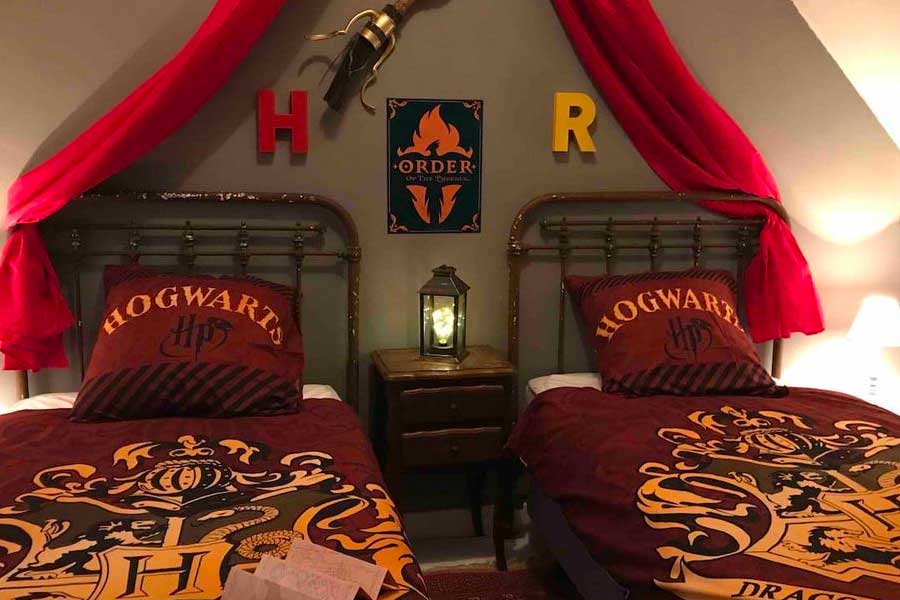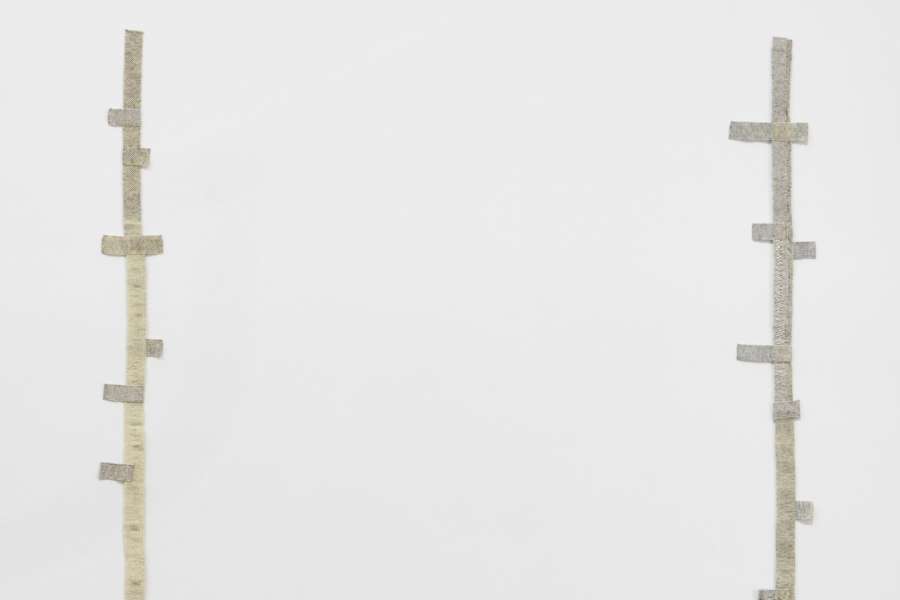
 ©Photo : Hana Miletić, ‘Softwares’, 2019. Collection Mudam Luxembourg. Donation 2021 – Baloise. View of the exhibition ‘Radio Luxembourg: Echoes across borders’, Mudam Luxembourg. Photo: Mareike Tocha © Mudam Luxembourg
©Photo : Hana Miletić, ‘Softwares’, 2019. Collection Mudam Luxembourg. Donation 2021 – Baloise. View of the exhibition ‘Radio Luxembourg: Echoes across borders’, Mudam Luxembourg. Photo: Mareike Tocha © Mudam Luxembourg
Cette description n’existe pas en français.
In the framework of the exhibition: Radio Luxembourg: Echoes across borders
In English
Free admission and open to all
For Radio Luxembourg: Echoes across borders. New Collection Display, Mudam invites you to a series of conversations exploring the voices behind the artworks – artists whose practices foreground sculpture, materiality and the narratives embedded within their chosen mediums.
Through these talks, artists will share insights into their processes, inspirations and the ways in which their work engages with cultural, social and political histories. From the transformations of found objects to the reinvention of artisanal techniques, and from the legacies of industrial materials to contemporary ecological concerns, these conversations offer a unique opportunity to delve into new and existing works of Mudam Collection.
With a particular focus on the artists’ perspectives, the New Collection Display Artist Talk Series weaves connections between past and present, historical references and contemporary urgencies. The talks will highlight works which recently joined the collection thanks to the generosity of German collectors Gaby and Wilhelm Schürmann with the support of the members of the Cercle des collectionneurs du Mudam.
Biography
Trained as a photographer, Hana Miletić quickly turned textile-based work as a means of exploring social and economic conditions. Materials (2020) is part of a series that begun in 2015, in which the artist translates photographic observations in the public space of minor, everyday repairs into woven forms. Whether depicting a broken windowpane or damaged side mirror, Miletić focuses on provisional, handmade fixes using modest materials such as adhesive tape. These real size weavings echo the silhouettes of these improvised gestures of care. Miletić adopts an ethical and ecological approach to sourcing. For her, weaving becomes both a metaphor for repair and a deeply embodied practice. It draws on a familiar tradition, passed down through female communities, requiring time, physical engagement and the transmission of knowledge and skill. Her engagement with weaving techniques, and the broader history of textiles, underpins a critical reflection on standardisation and the pressures of accelerated, globalised production.